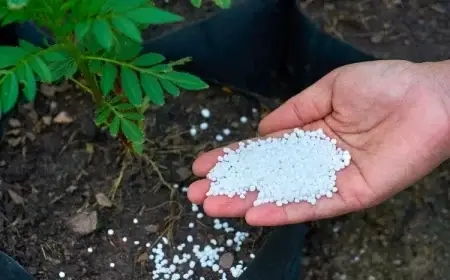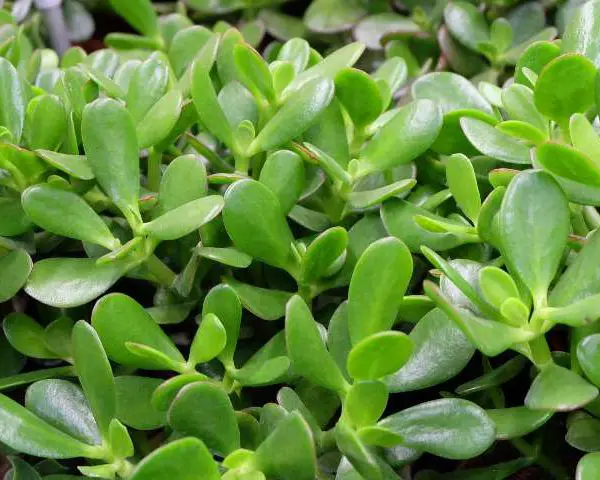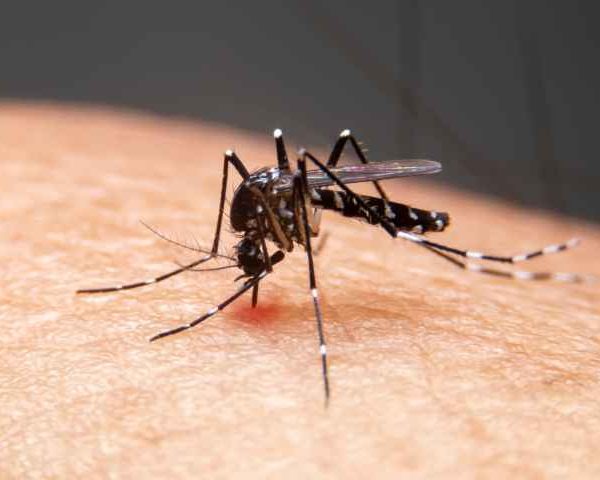Ammonia, a potent yet controversial fertilizer, offers both benefits and risks when used in gardening. Here’s a simplified guide on how to harness its potential without harming your plants or the environment:
Advantages and Disadvantages of Ammonia
Ammonia serves as a vital source of nitrogen, crucial for plant growth and fruit production. However, its strong alkaline nature can alter soil pH and potentially hinder mineral absorption. Moreover, its tendency to vaporize quickly makes it challenging to retain in the soil, and at high concentrations, it can even be toxic to plants.
How to Fertilize Plants with Ammonia
To safely fertilize with ammonia, neutralize its toxicity by diluting 1 tablespoon in 10 liters of water and adding 1 tablespoon of vinegar or citric acid. Apply this mixture early in the morning or evening on cloudy days using a watering can, ensuring it does not touch plant foliage directly.
For leaf application, dilute 1 tablespoon of ammonia fertilizer in 1 liter of water and spray only once a week, addressing visible signs of nitrogen deficiency.
Dosage According to Crop Type
- Eggplants, Cabbage, Pumpkins, Peppers, Zucchini: 3 tablespoons per 10 liters of water every 10 days.
- Blackberries, Cherries, Plums, Raspberries: 1 tablespoon per 10 liters of water applied at the roots.
- Tomatoes, Cucumbers, Beets: 1.5-2 tablespoons per 10 liters of water.
- Apple Trees, Gooseberries, Annual Plants: 2 tablespoons per 10 liters of water.
- Onion and Garlic: Use lower concentrations due to their sensitivity.
Using Ammonia Against Pests
Ammonia’s pungent odor makes it an effective deterrent against pests like snails, slugs, ants, and various insects. Create a solution of 11 liters of water, 100 ml of ammonia, and 150 g of liquid soap. Lightly spray affected plants and repeat if necessary.
By understanding these guidelines, you can utilize ammonia effectively in your garden, promoting plant health while minimizing environmental impact and ensuring safe application. Always monitor plant responses and adjust fertilization practices accordingly to maintain optimal growth and productivity.



